Here is the quiet winter colour lifting British gardens when daylight feels scarce.
When temperatures fall and the garden slips into silence, a small group of plants steps forward. Their flowers open in the teeth of sleet and frost, sometimes straight through snow. They are not flashy, yet they are steady and unbothered by a cold snap. That is why gardeners keep coming back to them.
Planted now or already tucked in from autumn, these cold lovers spark life from January into early spring. Some carry scent, others scatter jewel tones across bare soil, and a few even feed bees on the first mild days. The trick lies in knowing which ones perform in our changeable winters. Simple as that.
Winter flowers that don’t blink at frost and why they work for britain
Start with **snowdrops** which are perennial and can carpet the ground from January or February depending on where you live. Their nodding white blooms handle cold without fuss, and once established they need very little from you. Partner them with **crocuses**, which pop up in late winter to early spring. These bulbs are technically corms and the advice is to plant them alongside less tasty bulbs such as **hyacinths** and **daffodils** because rodents tend to ignore those.
Do not overlook **violas** with their bright little faces that lift a grey morning. In mild parts of the UK they last all winter, and many types self seed freely so they often reappear on their own next year. For a different texture, try ornamental cabbage and kale. Their frilly heads hold through most of winter in mild areas and keep going well into late autumn in colder spots.
Colour that arrives by february and a few names to watch
**Daffodils** are seen as a first sign of spring yet they can start as early as February, and snow or freezing temperatures do not trouble the foliage. **Glory of the snow** often pokes through the white stuff with bluish purple tips and a white centre. Its name harks back to Greek with chion for snow and doxa for glory which says it all. **Winter aconite** brings small buttercup like yellow flowers and can manage in snow or frost, and bees love them on brighter days.
Near a path, **Algerian iris** produces elegant purple flowers in later winter that last well, so you actually notice them on your way to the bin. **Hellebores** sometimes called Lenten roses bloom in early winter in mild regions and in late winter in colder parts. They may look delicate but they are undemanding and very cold hardy. That long season is exactly what tight winter calendars need.
- Fast winter lift for February beds: **snowdrops**, **daffodils**, **glory of the snow**, **winter aconite**, **Algerian iris**
Fragrance in the cold air without fuss or faff
If scent is your thing, **daphne** earns its place with tubular pink or white flowers in late winter and an amazing sweet, fruity fragrance. **Winter hazel** is a deciduous shrub that forms dangling clusters of yellow blooms with a fragrant scent from February to March. **Mahonia** sends out large sprays of yellow flowers from late autumn into early winter adding perfume when little else tries. You will catch it on those still mornings when the air holds scent.
For bright colour on bare stems, **winter jasmine** carries pretty yellow flowers on arching branches in late winter. It does not have the fragrance of other jasmines yet that shock of yellow wakes a dull corner. **Carolina jessamine** adds more yellow with sweet scented flowers in late winter and early spring, usually starting in February. On the right day that fragrance can stop you in your tracks.
Right plant right spot when frost bites in the uk
Site choice makes the difference. **Cyclamen** sits happily as a ground cover under deciduous trees where winter sun reaches the leaves and summer heat stays off. **Snapdragons** are tougher than they look and once hardened off can last well past the first few frosts, especially with a layer of mulch to keep the ground warm. That small step keeps roots cosier and helps plants ride out a cold spell.
For evergreen structure with flowers, **camellia** can even form a small tree and offers exquisite blooms from late winter to early spring. Just make sure you pick a winter blooming variety when you buy. **Holly leaved barberry** also called Oregon grape begins with small yellow flowers in late winter and keeps going into spring which gives you months of colour. Meanwhile **winterberry holly** bursts with bright red berries that shine against snow and for a crop you need both a female and a male plant to ensure pollination and fruit.
If you want quick impact, ornamental cabbage and kale come in many colours and forms and they hold their own through the cold. And yes, bees will thank you for **manzanita** and **winter aconite** on calm late winter days. That scent and colour really lift a space, even a tiny front step, and it is worth geting outside to see it.

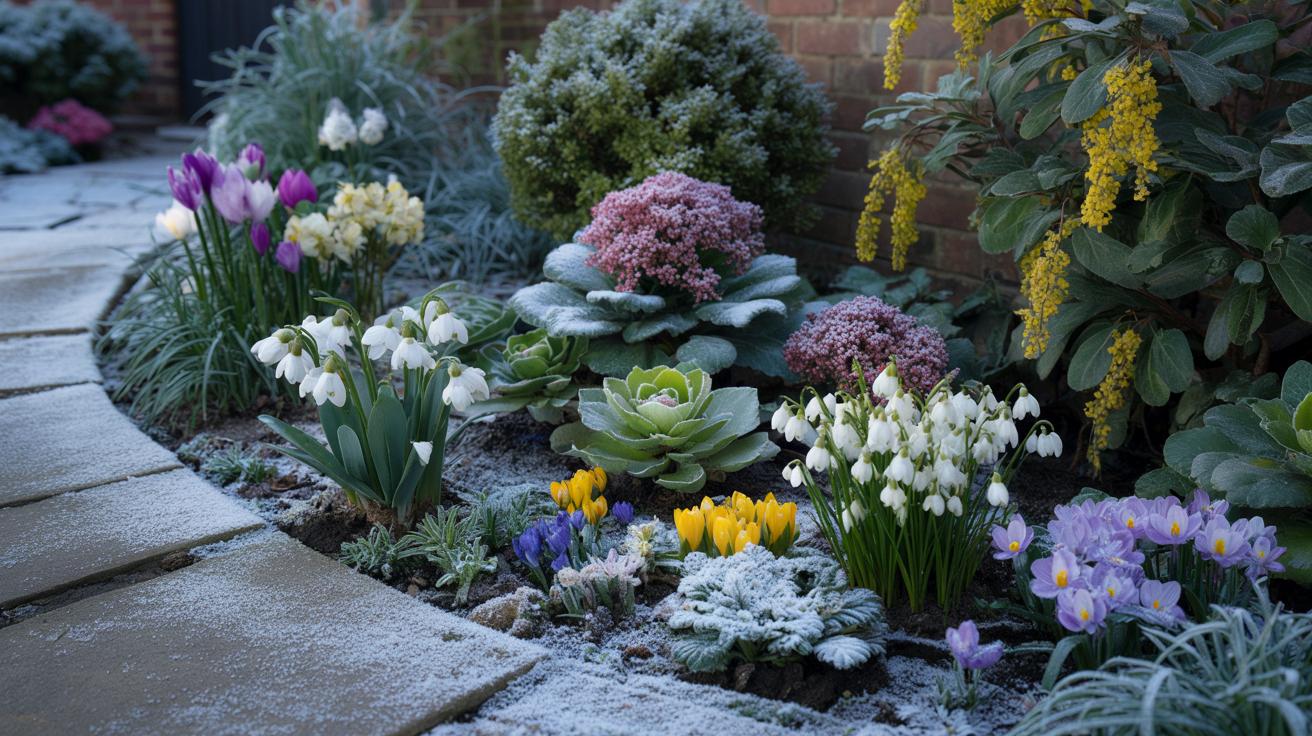
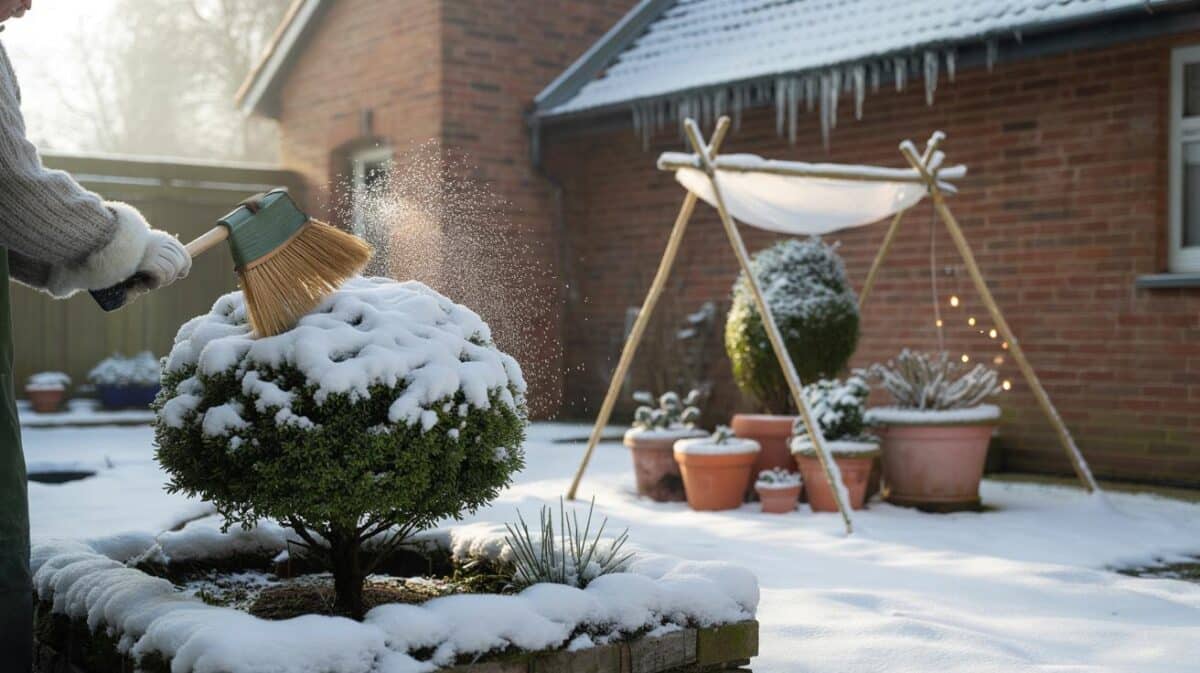


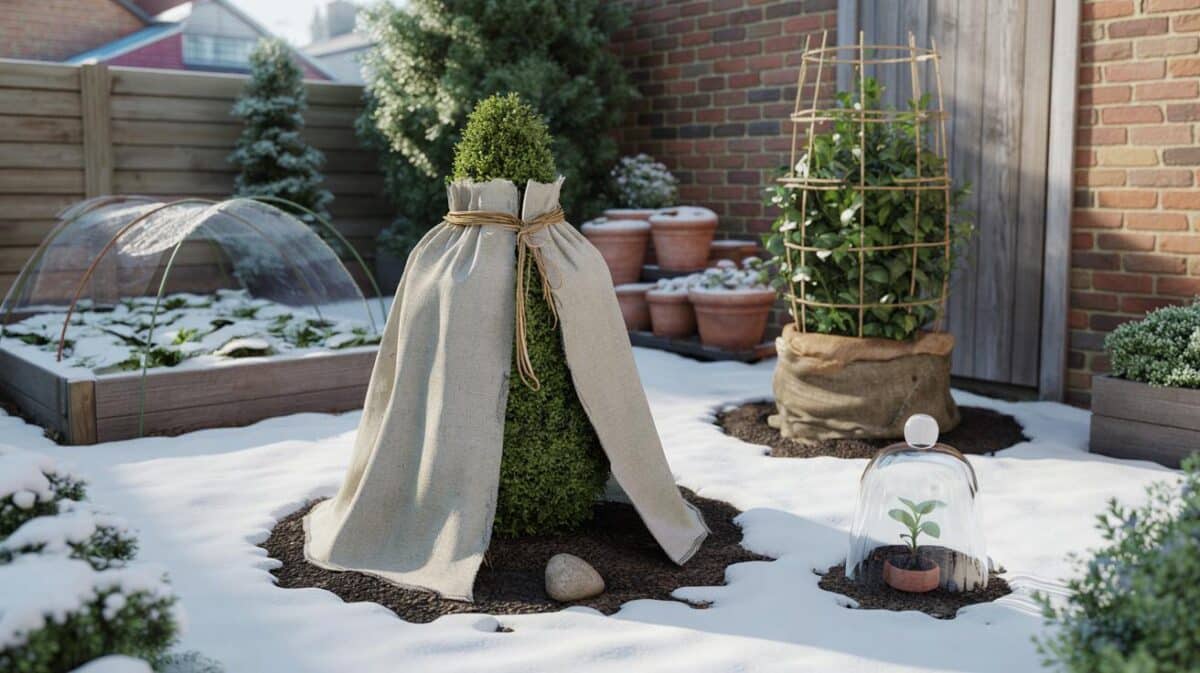
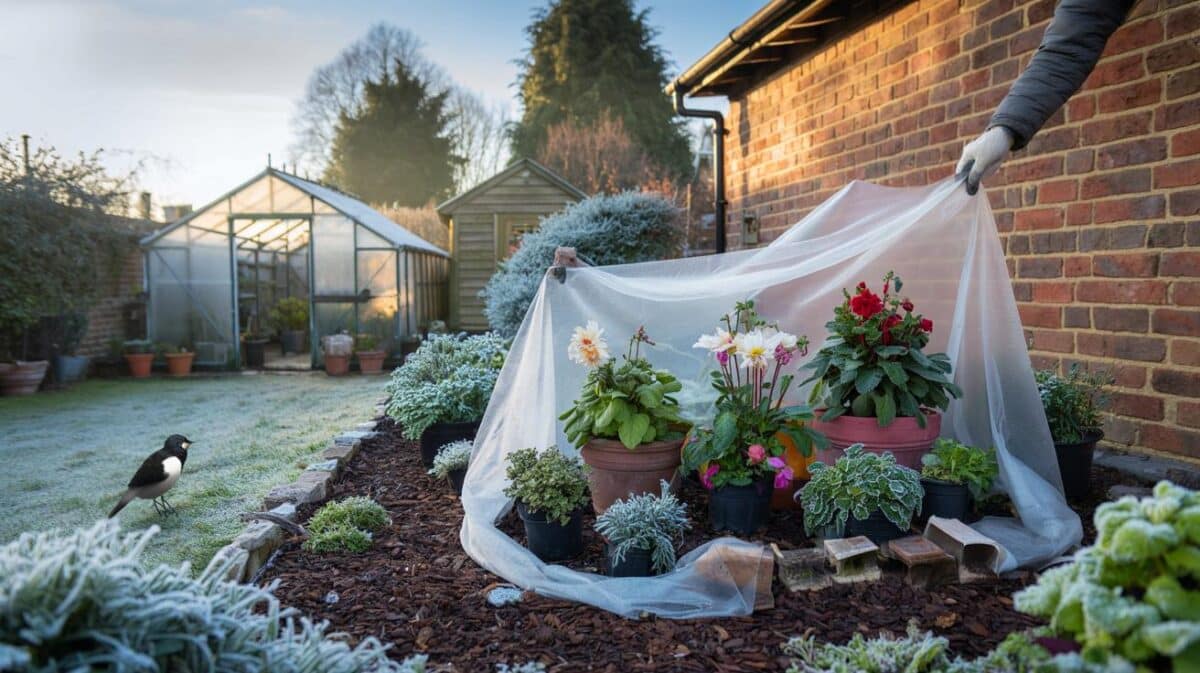

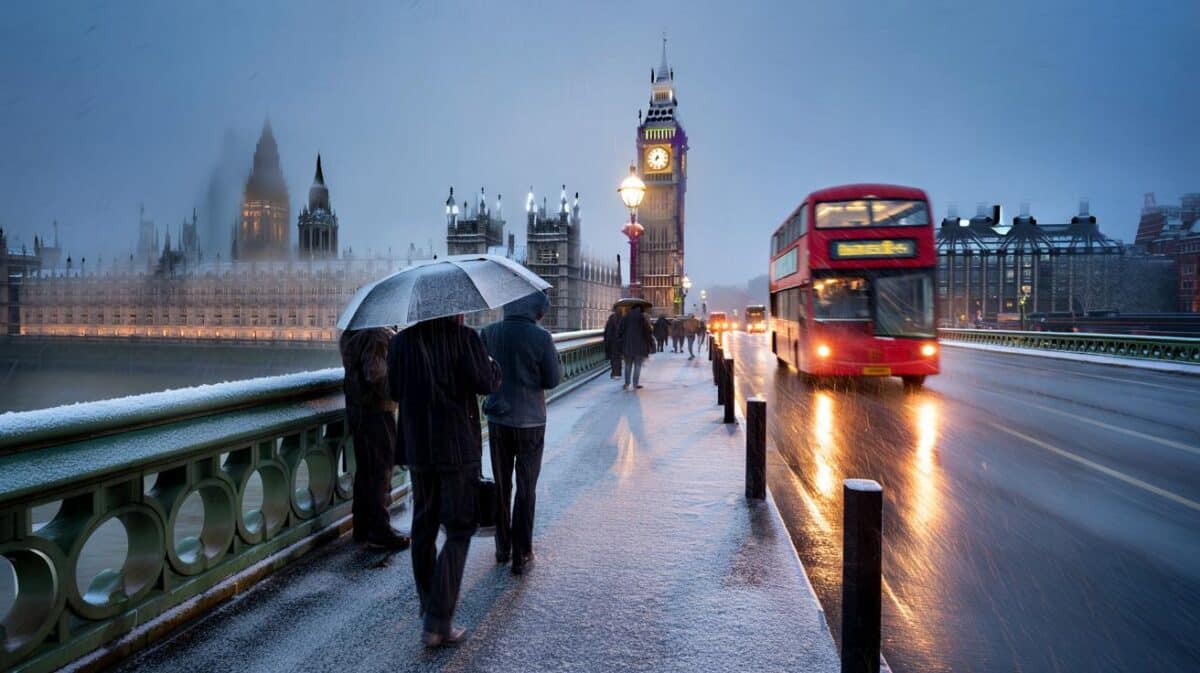

Loved this round-up—my snowdrops sulked last year but pairing with hyacinths to deter mice is a great tip. Thanks! 🙂
Are violas really that resilient through repeated freezes? Mine turned to mush after the Beast from the East—maybe I planted the wrong variety, or too much shade. Any spcific cultivars to recomend?